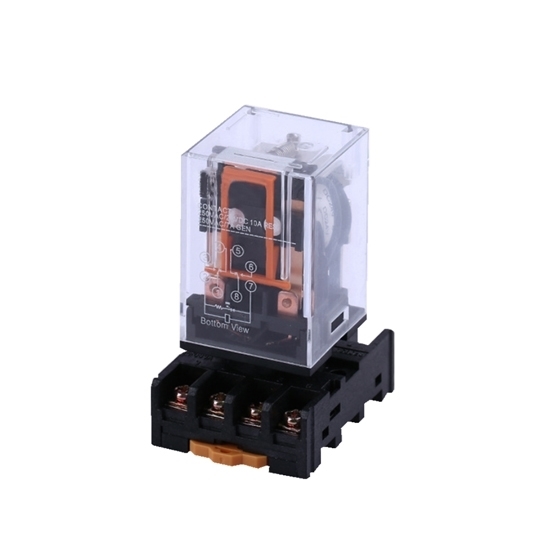How to Implement Relay-Based Power Sequencing in Data Centers
페이지 정보

본문

Implementing relay-based power sequencing in data centers is a practical approach to ensuring that equipment powers on and off in a controlled, safe order.
In facilities housing dense server racks, large-scale storage systems, and high-bandwidth network equipment, uncontrolled power cycles risk hardware failure and irreversible data loss.
Electrical relays act as programmable switches that regulate when power is routed to individual server racks, cooling units, or network cabinets.
To begin, identify which devices require specific power-up and power-down sequences.
Always activate environmental controls before IT loads and preserve data integrity by shutting down storage before host systems.
Core network infrastructure and UPS systems must remain synchronized to preserve connectivity through power transitions.
Select relays certified for continuous duty in 24.
Each relay will be assigned to a specific power circuit.
Connect the relays to a central controller, which can be a programmable logic controller or a dedicated power sequencing unit.
The central unit relies on programmed delays, sensor inputs, or state-based logic to fire relays in the correct order.
For example, the controller might wait 10 seconds after the first relay powers on the cooling units before activating the second relay for the server racks.
The network tier activates only after servers and storage have stabilized, ensuring graceful handshaking.
Shut down network first, then storage, then servers, and finally cooling to preserve system integrity.
This ensures that each component has time to stabilize or gracefully shut down.
Design in redundancy with manual controls, relay health monitors, and real-time notification triggers for fault conditions.
Regular maintenance and testing of relays are essential because mechanical relays can wear out over time, and solid-state relays may degrade under high load.
Ensure that the entire system is integrated with your data center’s monitoring software.
Automated notifications via email, SMS, or ticketing systems ensure rapid intervention during sequence deviations.
Documentation of the sequence timing and configuration is critical for troubleshooting and audits.
It offers a budget-friendly alternative to proprietary power management hardware without sacrificing functionality.
You can tailor timing, order, and triggers to match unique hardware dependencies or operational policies.
For organizations seeking reliable, scalable, and affordable power control, relay sequencing remains a proven and practical choice
- 이전글나루토카지노 25.10.09
- 다음글빌리와용감한타이거킹 다운로드 25.10.09
댓글목록
등록된 댓글이 없습니다.
![정국토건[주]](http://jkst.co.kr/img/ci.svg)

![정국토건[주]](http://jkst.co.kr/img/ci_bt.svg)